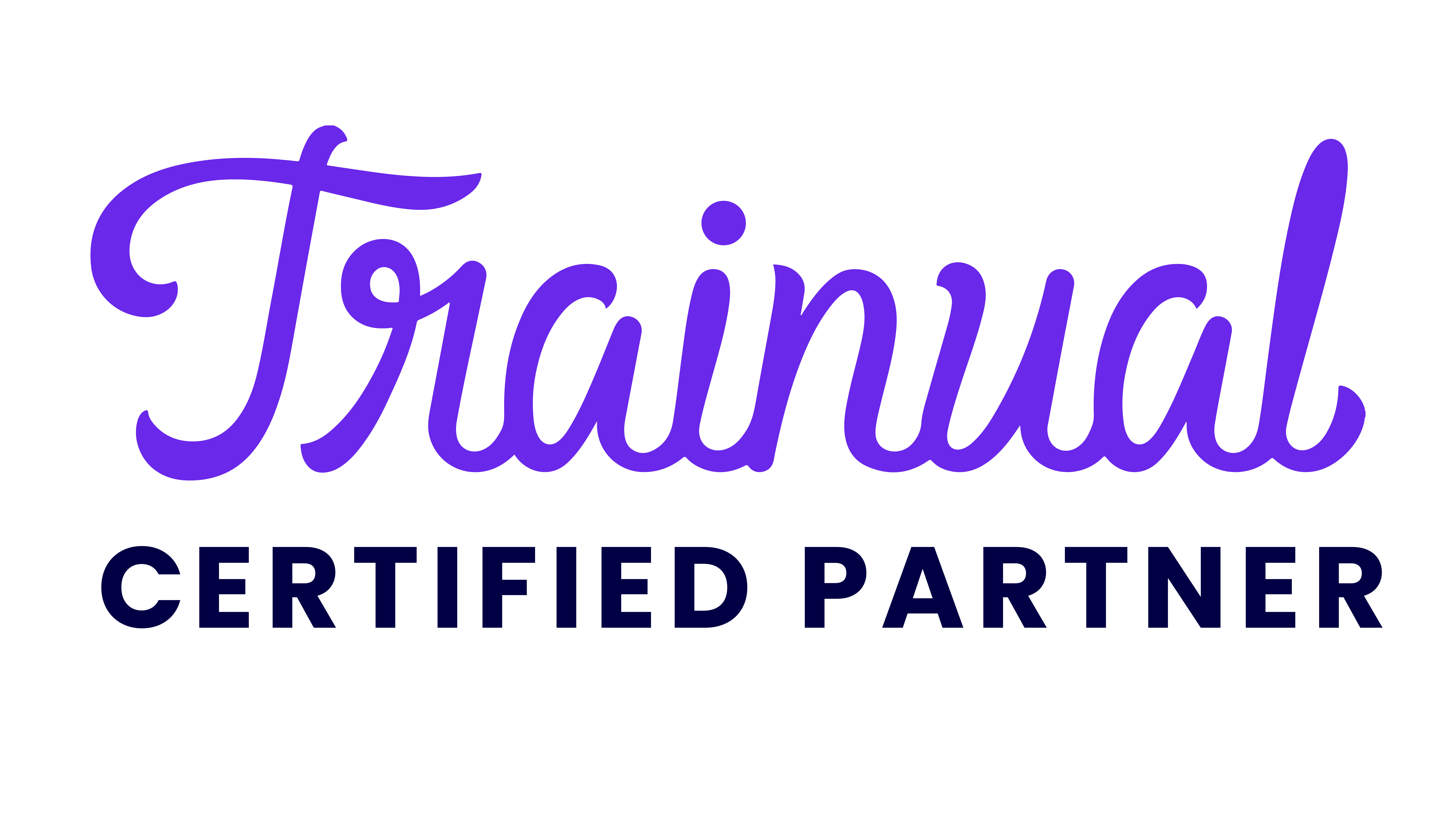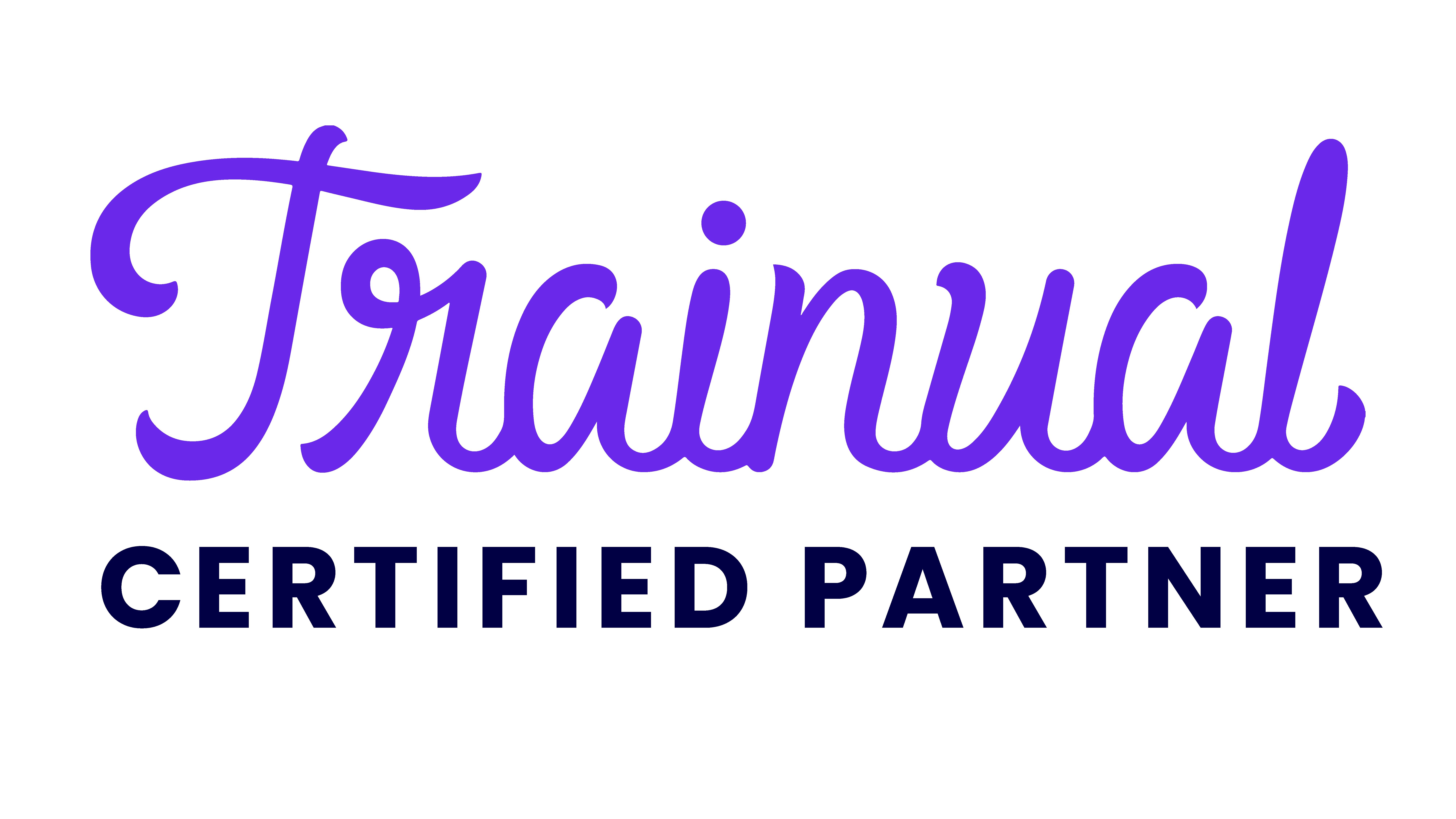Running a small business can feel like spinning plates while juggling flaming swords. You’re managing staff, handling clients, putting out fires, and still trying to grow. That’s why business systems aren’t just about order. They’re about peace of mind.
I used to think being busy meant being productive. I wore every hat. I clung to control. I made every decision. Until one day, I realised I wasn’t running a business—I was running myself into the ground. I was the bottleneck. Everything had to go through me.
If I wanted to grow, something had to give. That’s when I started building simple, practical systems that could take the pressure off and keep the business humming, without me needing to touch every moving part.
When you systemize your business and streamline operations, you don’t just save time. You reclaim control. You make space to lead. You make room to live.
Studies show that this pressure is indeed quite common. In the U.S., a 2024 Truist survey found 57% of small business owners feel overwhelmed, and nearly half said it’s impacting their mental health.
In Australia, the 2024 National Business WHS Survey revealed that 52% of owners are also burdened by work-related stress. And much of it comes from juggling too many tasks without the right systems in place. Solid systems aren’t just helpful—they’re what keep your head above water.
Here’s what we’re going to walk through:
- The biggest misconceptions about systems and why they’re holding you back.
- A simple 3-step process to improve business systems and reclaim time.
- The roadblocks you might hit—and how to beat them.
- Answers to the most common questions people have about systems.
You’re here because you’re ready to make your business easier to run. You’re ready to feel calm, focused and in control.
So, let’s restore order and put systems to work for you.
Related: Standard Operating Procedures: The Most Powerful Tool For Team Alignment
Common Misconceptions
Let’s discuss the obstacles that prevent business owners from reorganising their systems. Most of the time, it’s not about skill—it’s about the stories we tell ourselves.
Misconception #1: “Only big businesses need systems.”
Small businesses thrive on effective systems, perhaps even more than larger ones! With a tight-knit team, every moment counts. Streamlined processes empower your small group to achieve significant results, enabling you to operate like a larger enterprise.
Misconception #2: “It takes forever to build systems.”
Perfection isn’t necessary. A simple checklist or a quick screen recording can kickstart your project. As you progress, you can continually refine your approach, making it a fun and rewarding learning experience.
Misconception #3: “Systems will box me in.”
Systems manage repetitive tasks, enabling you to focus on what truly matters. This enhances your freedom and creativity at work rather than diminishing them.
Misconception #4: “I can’t trust anyone else to do it right.”
We get it. However, if everything must go through you, growth can be stifled. Systems allow others to follow your methods without your constant involvement.
Most people never learn how to set up simple, practical systems that match their work style. We’re here to change that.

Improve Business Systems to Reduce Stress and Reclaim Time
Let’s explore how to reduce stress and reclaim time by enhancing your business systems. This is the three-step process we use with clients to systematize and streamline operations.
Step 1: Identify the Stress Points
Start by pinpointing what causes the most frustration in your day-to-day. Look at where things fall through the cracks, where you’re constantly interrupted, or where mistakes happen. These pain points are clues that tell you exactly which systems are missing.
Examples:
- Missing client follow-ups
- Late invoices
- Staff are unsure what to do next
- Repeating instructions often
Step 2: Document the Way You Do Things
Capture how things should be done in your business. Write it down in plain steps, or record a short video of yourself demonstrating the process. The key is clarity so others can follow it easily.
Core areas to document:
- Client onboarding
- Project delivery
- Invoicing and payments
- Customer service
- Internal communication
Step 3: Create a Centralised Business Playbook
Put all your systems in one accessible place. It needs to be easy to find and use, like a digital hub your team can rely on. This playbook serves as your operational manual, scaling with your business as it grows.
Benefits you’ll notice:
- Fewer repeated questions
- Less dependence on you
- The team knows exactly what to do
- You gain time back for strategy and rest
The Results? You stop repeating yourself, which leads to fewer questions. Your team runs more smoothly, and you feel more at ease. Your brain finally gets a break.
And yeah, you can go on holiday without checking your inbox every hour.
Related: Boost Efficiency and Growth with a Business Playbook for Small Businesses
Keep Systems Flowing to Streamline Operations
Systems aren’t one-and-done. To keep your business running smoothly and stress-free, you need to keep your systems active. This is how you streamline operations in the long term.
1. Assign ownership. Every system should have a clear owner. This person is responsible for keeping it current and ensuring it works well as things change.
2. Schedule reviews. Evaluate systems every quarter to determine what’s effective, outdated, and where improvements can be made for smooth operations.
3. Make updates part of the workflow. Encourage your team to update systems as they work. Integrate it into your daily operations so it becomes second nature.
4. Reinforce use. Link systems into daily tasks and checklists. Integrate them into everyday work, not something extra.
5. Talk about results. Share wins when a system saves time or prevents a mistake. It keeps the team engaged and shows the value of good systems.
Consistency builds momentum. When everyone uses the systems and keeps them up to date, operations run smoothly, stress levels remain low, and your business continues to move forward.

Frequently Asked Questions
Q: How do I know which systems to create first?
A: Start with what’s messy. Think about the tasks you repeat over and over. Those are prime candidates. Also, examine areas where mistakes or delays are frequently encountered.
Q: How detailed should a system be?
A: Be as detailed as needed, enough so that someone else can follow it without needing to ask questions. Think step-by-step with screenshots or videos.
Q: What if my team doesn’t follow the systems?
A: That’s a sign they need training, or the systems aren’t clear. Get feedback. Make the systems easier to follow. And model the habit yourself—use the playbook often.
Q: Do I need specialised software to get started?
A: Nope. You can start with Google Docs or a simple Notion page. The point is to document and share.
Q: How much time should I spend on this?
A: Start with 1–2 hours a week. Document as you do tasks. Over a few weeks, you’ll build up a solid playbook without taking time away from your business.
Summary
Implementing strong business systems is a key way to regain control. When you streamline operations, you stop wasting energy on recurring problems. Instead of reacting to chaos, you run your business with confidence and clarity.
Here’s what to do next:
- Identify your daily pain points
- Choose the most urgent process to document
- Write out or record how you do it
- Store it in one place where your team can access it
- Assign ownership and set a date to review it
Repeat that process for the next system—and keep going.
You don’t have to keep spinning your wheels trying to document your processes and procedures alone. Let’s collaborate to streamline the process, build systems that relieve pressure, and get your business running smoothly—faster.
By working together, we’ll create efficient, tailored solutions that give you peace of mind and reclaim your valuable time. Ready to take the next step? Book an introductory call today, and let’s make it happen.




